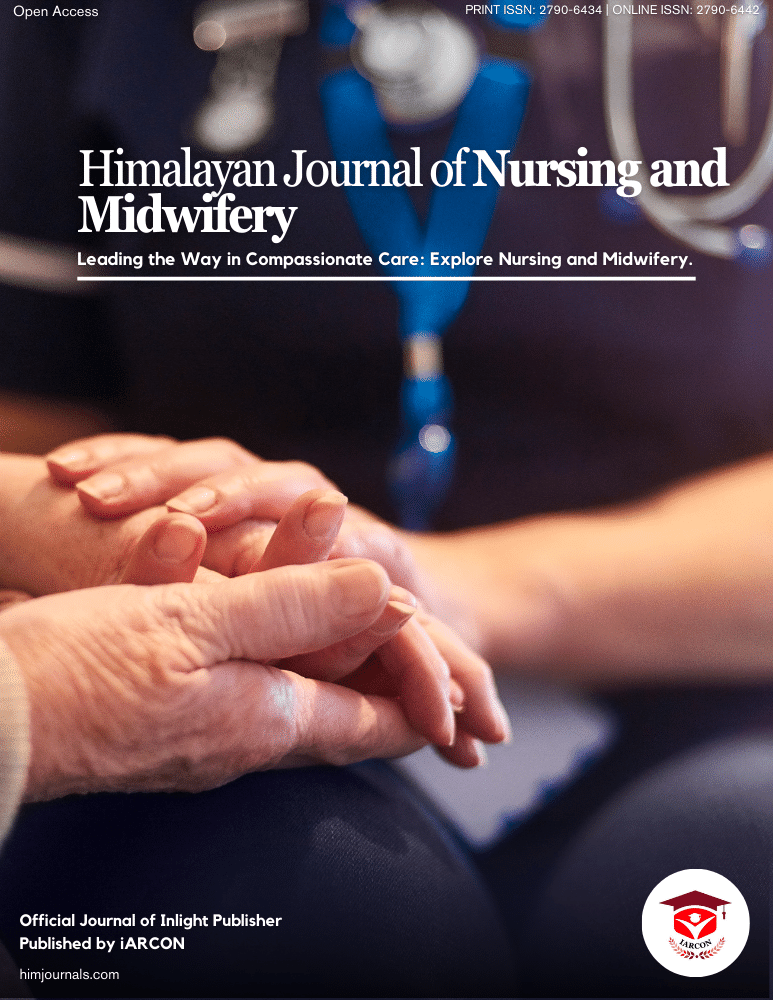The landscape of auditory rehabilitation has witnessed a paradigm shift with the advent of cochlear implant (CI) technology, offering renewed hope for children grappling with severe to profound sensorineural hearing loss. The remarkable capacity of CIs to bypass compromised auditory structures and directly stimulate the auditory nerve has redefined the possibilities of auditory perception and speech comprehension.[1] However, the decision to pursue cochlear implantation in pediatric candidates is far from straightforward; it necessitates a profound understanding of the multidimensional factors that collectively shape the child's candidacy. This review article delves comprehensively into the intricate tapestry of considerations underlying the evaluation of cochlear implant candidacy in children, advocating for an all-encompassing, multidisciplinary approach [2].
Audiological Considerations
Central to the determination of cochlear implant candidacy in children is the meticulous evaluation of auditory functioning. The foundation of this evaluation rests upon established audiometric assessments, including pure-tone audiometry and speech perception tests [3]. These tests provide vital insights into the degree of hearing loss and potential for auditory restoration through cochlear implantation. Moreover, they aid in setting realistic expectations for post-implantation outcomes [4]. However, to present a comprehensive view of the child's auditory status, objective measures like auditory brainstem response (ABR) and otoacoustic emissions (OAEs) assume paramount importance. ABR elucidates the integrity of the auditory pathway, while OAEs offer insights into cochlear function. Interpretation of audiological data necessitates a careful consideration of the child's age, developmental stage, cognitive abilities and willingness to adapt to amplified sound [5].
Medical Dimensions
Beyond the audiological sphere, a meticulous medical evaluation forms an indispensable component of the cochlear implant candidacy assessment. The etiology of the child's hearing loss, the anatomical condition of the cochlea and overall health status collectively contribute to determining the feasibility of cochlear implantation [6]. Anatomical considerations hold particular significance, as cochlear morphology influences electrode insertion and subsequent neural responses. Moreover, the presence of additional medical conditions demands cautious evaluation to ensure the child's well-being during and after the implantation procedure. Collaborative interaction with medical experts is crucial to anticipate potential complications, optimize surgical planning and ensure post-implantation safety [7].
Psychosocial Landscape
The journey towards cochlear implantation is not solely defined by physiological parameters; it intersects profoundly with the psychosocial domain. Psychological assessments play a pivotal role in evaluating the child's emotional well-being and the family's readiness for the implantation process. Understanding the psychological preparedness of both child and family is imperative for navigating the challenges that arise throughout the rehabilitation journey [8]. The emotional rollercoaster that families often undergo underscores the significance of tailored counseling and provision of support resources. Cultural and linguistic factors further contribute to the psychosocial landscape, necessitating a sensitive approach that respects the family's unique identity and preferences [9].
Educational Alignment
The integration of audiological and psychosocial dimensions extends to the educational context, where the child's age at implantation and the learning environment are pivotal determinants of success. Collaborative efforts between audiologists and educators facilitate the seamless alignment of auditory goals with educational milestones [10]. This alignment ensures that the child's auditory development harmoniously dovetails with their broader educational trajectory. Communication mode selection, be it auditory-verbal, auditory-oral or sign language, is a nuanced decision that should consider the child's linguistic and cognitive capabilities, family preferences and cultural background.
Interdisciplinary Synergy
The evaluation of cochlear implant candidacy transcends the confines of any single discipline; it necessitates a harmonious synergy of audiological, medical, psychological and educational insights. The integration of these multifaceted perspectives affords a holistic understanding of the child's potential for successful cochlear implantation [11]. The multidisciplinary approach emphasizes a collective engagement, involving audiologists, medical specialists, psychologists and educators. Regular case conferences serve as a crucible for knowledge exchange, enabling informed decision-making that places the child's best interests at the forefront [12].
Research Prospects
As technology advances and our understanding of pediatric cochlear implantation deepens, the pursuit of research remains paramount. Longitudinal studies tracking the trajectories of implanted children across audiological, medical, psychological and educational dimensions offer a dynamic understanding of CI outcomes. Such research not only refines candidacy criteria but also informs the optimization of intervention strategies for enhancing long-term auditory, linguistic and psychosocial development [13].
In summation, the evaluation of cochlear implant candidacy in children is an intricate tapestry woven from audiological, medical, psychological and educational threads. This multidisciplinary approach underscores the need to holistically evaluate the child's potential to thrive with a CI, acknowledging the inherent interplay between their physiological, emotional, cognitive and linguistic facets. As professionals, caregivers and families unite in a collaborative journey, the barriers imposed by hearing loss can be transcended, ultimately enabling every child to engage harmoniously with the symphony of sound that defines the human experience.

